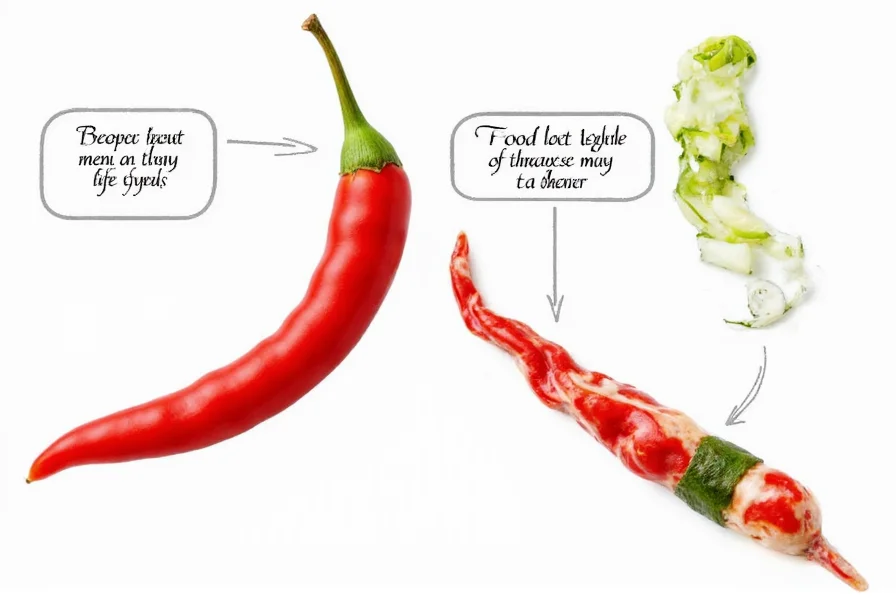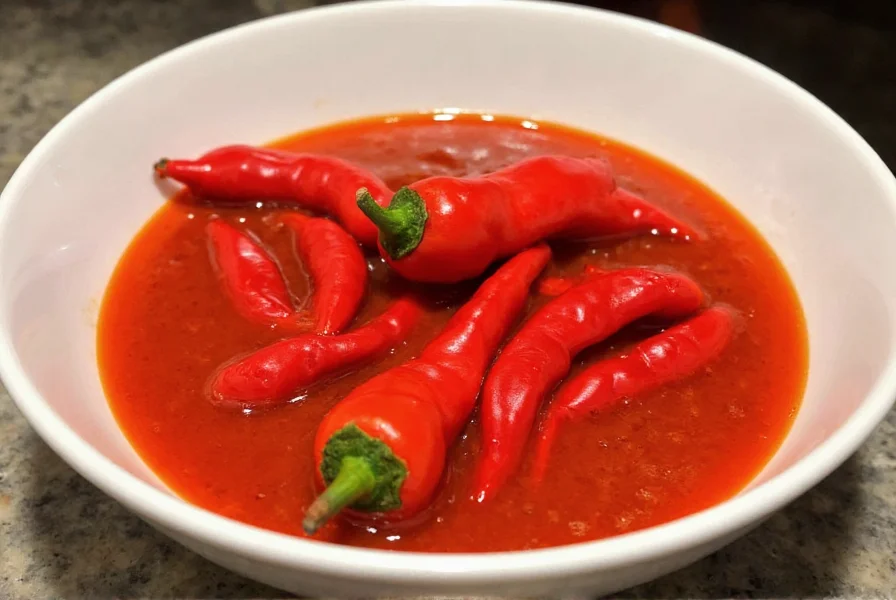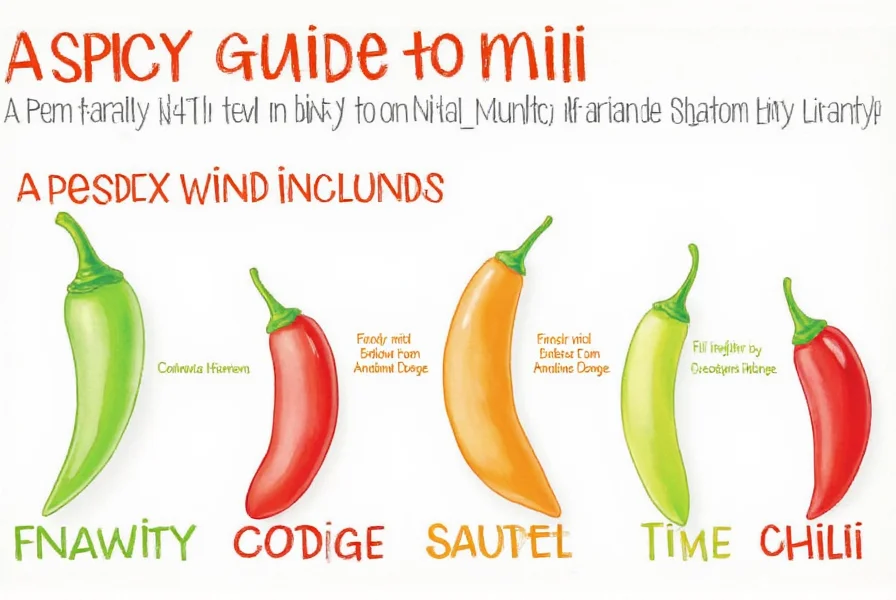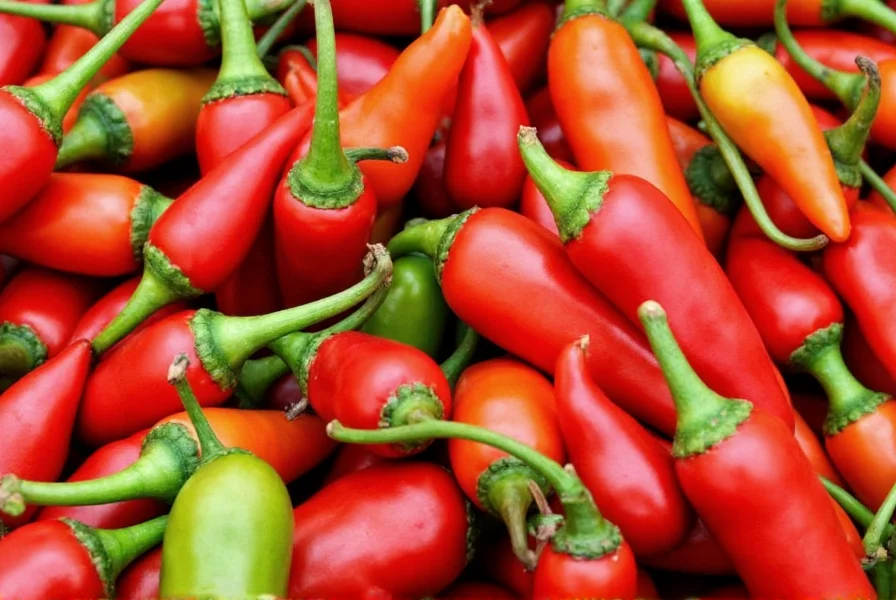Table of Contents
Introduction to Chili Types
If you've ever tasted a chili and thought, "Wow, this is hot!" then you're not alone. Chilies are one of the most versatile and exciting ingredients in the world of spices. But did you know that there are hundreds of chili types, each with its own flavor profile, heat level, and culinary use? Whether you're a seasoned chef or a curious home cook, understanding chili types can elevate your cooking game and make your meals more thrilling.
From the mild bell pepper to the fire-breathing ghost pepper, chilies come in all shapes, sizes, and levels of intensity. Some are used for their smoky depth, while others add a sharp, citrusy kick. The key to mastering chili types lies in knowing how they behave in recipes and how to handle them safely.
The World of Chili Types
Let's dive into some of the most popular chili types and explore what makes each one unique. We'll break them down by heat level, flavor, and common uses so you can choose the right one for your next dish.
| Chili Type | Heat Level (Scoville) | Flavor Profile | Culinary Use |
|---|---|---|---|
| California Red Chile | 500 - 1,000 | Mild, sweet, slightly smoky | Pizza, sauces, stews |
| Jalapeño | 2,500 - 8,000 | Mild to medium, tangy, grassy | Guacamole, salsas, stuffed peppers |
| Serrano | 10,000 - 25,000 | Hotter than jalapeño, crisp, fresh | Spicy salsas, pickling, tacos |
| Chipotle | 2,500 - 8,000 | Smoky, earthy, spicy | Barbecue sauces, mole, stews |
| Habanero | 100,000 - 350,000 | Very hot, fruity, floral | Hot sauces, marinades, tropical dishes |
| Ghost Pepper | 850,000 - 1,040,000 | Extremely hot, smoky, citrusy | Spicy snacks, gourmet sauces, challenge foods |
| Bell Pepper | 0 - 100 | Mild, sweet, crunchy | Stir-fries, salads, roasting |

As you can see, the range of chili types is vast. The Scoville scale measures the heat, but it doesn't tell the whole story. Flavor and texture also play a big role in how a chili is used in cooking. For example, a jalapeño may be hotter than a bell pepper, but it brings a distinct tanginess that the milder bell pepper lacks.
Understanding Heat Levels
The Scoville scale is a good starting point, but it's important to remember that heat perception varies from person to person. What feels mildly spicy to one person might feel like a firestorm to another. If you're new to chili types, start with milder varieties like the California red chile or bell pepper and work your way up as you build tolerance.

Flavor and Aroma
Chilies aren't just about heat—they also bring a wide array of flavors and aromas. Some are smoky, some are sweet, and others have a citrusy or floral note. For instance, the habanero has a fruity, almost tropical scent, while the chipotle offers a deep, smoky flavor that adds complexity to sauces and stews.
Practical Tips for Handling Chili Types
Working with chili types can be both fun and challenging. Here are some tips to help you handle them safely and effectively:
- Wear gloves when handling hot chilies to avoid burning your skin. Even the oils on your hands can transfer to your eyes or mouth.
- Use a knife and cutting board to minimize contact with your hands. Be careful not to touch your face or eyes while preparing chilies.
- Remove seeds and membranes if you want to reduce the heat. These parts contain the highest concentration of capsaicin, the compound responsible for spiciness.
- Store chilies properly. Fresh chilies can be kept in the fridge for up to a week. Dried chilies should be stored in an airtight container in a cool, dark place.
- Pair chilies with cooling ingredients like yogurt, avocado, or cucumber to balance the heat in your dishes.

By following these tips, you can enjoy the full flavor of chili types without the unwanted side effects. And if things get too spicy, don't worry—there are always ways to soothe your mouth, like drinking milk or eating bread.
Buying Guide for Chili Types
Whether you're shopping at a local market or online, choosing the right chili types depends on your recipe and personal preference. Here's a guide to help you make the best choices:
Popular Chili Products
Here are some of the most commonly available chili products and why you might want to try them:
- Dried Ancho Chile: This is a dried poblano pepper that has a rich, smoky flavor. It's great for making mole or adding depth to sauces. Ideal for those who love bold, complex flavors.
- Fresh Serrano Peppers: These are slightly hotter than jalapeños and offer a crisp, fresh taste. Perfect for salsas, tacos, and guacamole. Great for beginners looking to experience a bit of heat.
- Chipotle in Adobo Sauce: These smoked jalapeños in a tangy sauce are a staple in many Mexican recipes. They add a deep, smoky flavor and a nice kick of heat. Best for barbecue lovers and fans of Mexican cuisine.
- Ghost Pepper Powder: Made from the notoriously hot ghost pepper, this powder is for those who want a real challenge. It's used in spicy snacks, hot sauces, and gourmet dishes. Only for experienced spice enthusiasts.
- Red Fresno Chili: These are a medium-heat chili with a bright, tangy flavor. They're often used in salsas, stir-fries, and hot sauces. Ideal for those who want a little heat without going overboard.

When buying chili types, consider where you'll be using them. Fresh chilies are perfect for immediate use, while dried chilies and powders offer long-term storage and versatility. Always check the packaging for information about heat level, origin, and recommended uses.
Frequently Asked Questions
What are the 5 most essential chili types every home cook should know?
The five most essential chili types for authentic cooking are: Jalapeños (versatile medium-heat option), Serranos (brighter and hotter than jalapeños), Chipotles (smoky depth for sauces), Habaneros (fruity heat for tropical dishes), and Ancho chilies (mild, complex dried peppers). These five cover a wide range of heat levels and flavor profiles that work across many global cuisines.
How can I reduce the heat of a chili without losing flavor?
To reduce heat while preserving flavor, remove the seeds and white membranes (where most capsaicin is concentrated), but keep the flesh of the chili. You can also balance heat with dairy (yogurt, sour cream), acid (lime juice), or sweetness (honey, sugar). Cooking chilies longer can mellow their heat while developing flavor complexity.
What's the difference between fresh and dried chilies?
Fresh chilies offer bright, vegetal flavors and varying heat levels depending on ripeness. Dried chilies develop deeper, more complex flavors through dehydration—often becoming smokier, earthier, or fruitier. Drying concentrates capsaicin, so some dried chilies can be hotter than their fresh counterparts. Dried chilies also have a much longer shelf life when stored properly.
How do I know when a chili is too hot for my recipe?
A chili is too hot for your recipe if it overpowers other flavors or makes the dish uncomfortable to eat. Start with less than you think you need—you can always add more heat, but you can't remove it. Taste as you go, especially with hotter varieties. Consider your audience's heat tolerance, and remember that heat builds over time in dishes, especially when cooked.
Can I substitute one chili type for another in recipes?
Yes, but with considerations. Substitute based on similar heat levels and flavor profiles. For example, serranos can replace jalapeños for more heat, while Anaheim peppers work as a milder substitute. For dried chilies, guajillo can substitute ancho for similar mild heat but different flavor. When substituting hotter chilies, use less quantity. Always consider the specific flavor contribution beyond just heat.
What's the safest way to handle extremely hot chilies like ghost peppers?
For extremely hot chilies, always wear nitrile gloves (latex isn't sufficient), work in a well-ventilated area, and avoid touching your face. Use dedicated cutting boards and utensils that you can clean thoroughly afterward. Never handle hot chilies then touch sensitive areas like eyes. Have dairy products nearby in case of accidental exposure, as milk proteins help neutralize capsaicin.
Conclusion
Chili types are more than just a source of heat—they're a gateway to a world of flavor, aroma, and cultural tradition. By understanding the different types, their heat levels, and their culinary uses, you can unlock new possibilities in your cooking. Whether you're looking to add a subtle kick or a fiery punch, there's a chili out there for every palate and occasion.

So the next time you're in the kitchen, don't be afraid to experiment with chili types. You might just discover your new favorite ingredient—or a new level of spice tolerance!










 浙公网安备
33010002000092号
浙公网安备
33010002000092号 浙B2-20120091-4
浙B2-20120091-4